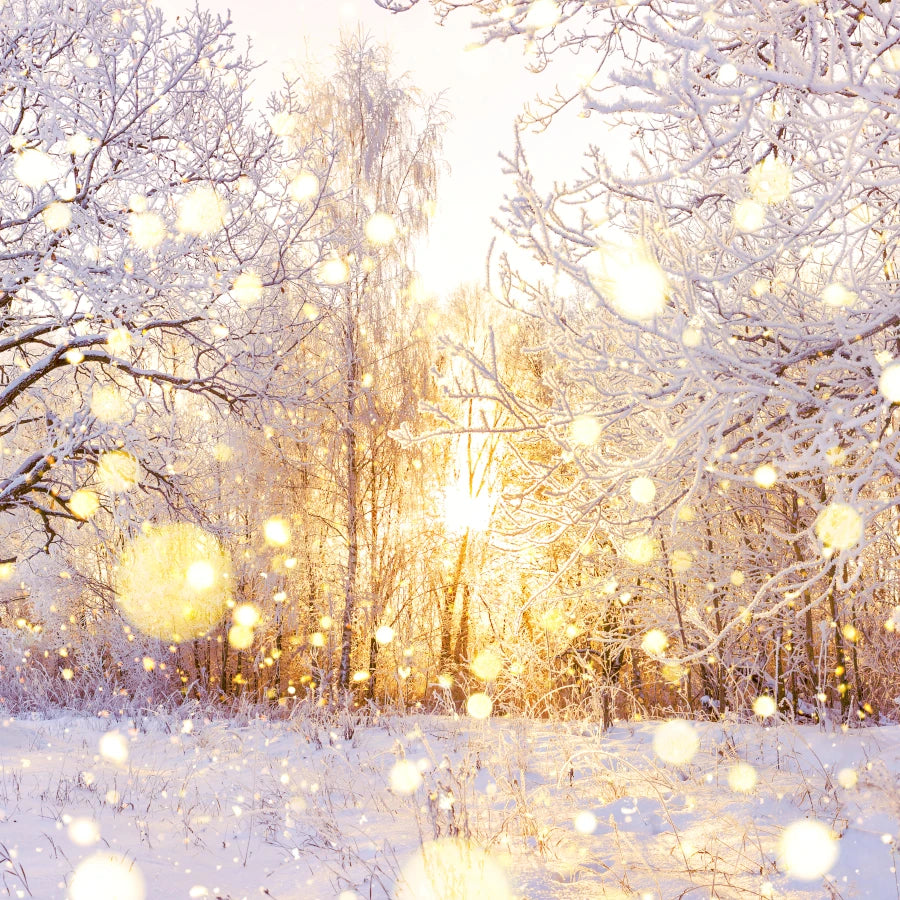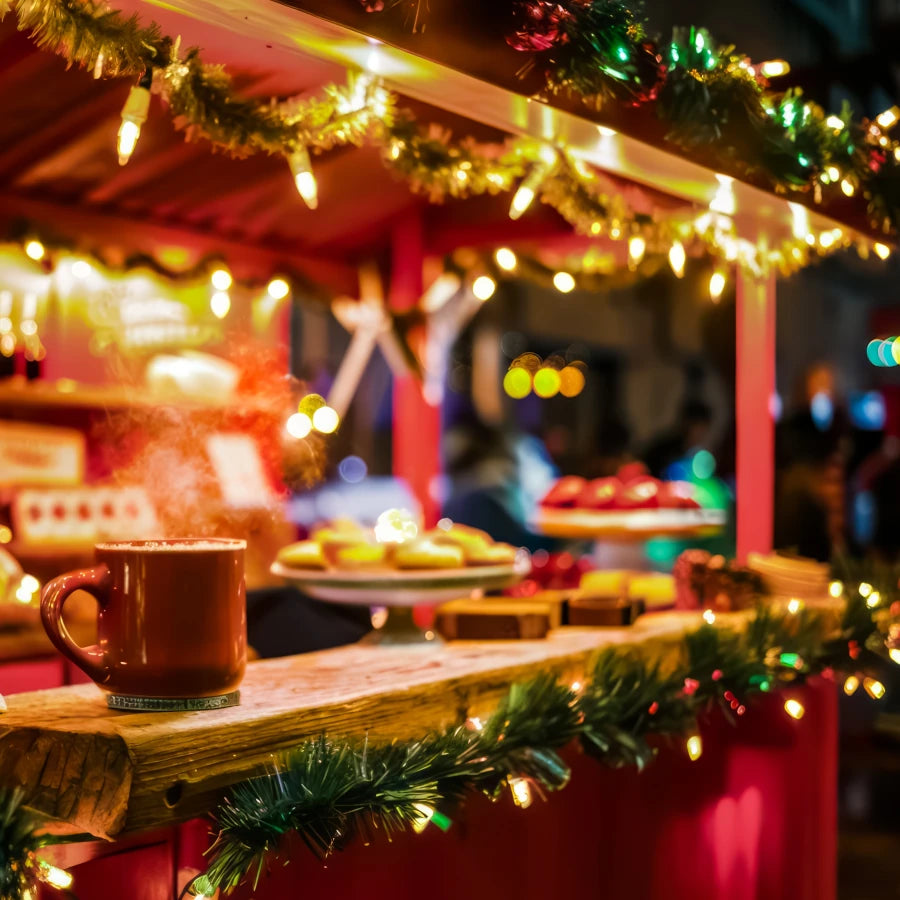Guide to Candle Dyes
Candle Dyes are available in two formats, Liquid and Block:
Liquid Dyes: Liquid dyes are extremely concentrated and great because they dissolve easily in wax, leaving no pesky particles or sediment behind like powdered dyes can. This means your candle colors will stay true and won't change over time.
Because these dyes are super concentrated, a little goes a very long way. Just one ounce can color over 100 pounds of wax to a nice medium shade. And you can mix them to create endless colors and shades. Liquid dyes also minimize the chance of color change after a candle is made because it is dissolves and blends easily into wax. A UV Stabilizer is always recommended to use with candle dyes.
Dye Blocks: Dye Blocks are perfect if you're new to candle coloring or don't want to fuss with measuring. Each block is pre-calculated to make a specific color, so all you have to do is follow the color chart and instructions.
With 28+ colors to choose from, you can mix and match to create a wide range of possible shades in your candles. And if you want something really unique, you can even combine colors together.
We also offer UV absorbers to help protect your candles from fading.
Guidelines for Liquid Dyes:
For a medium shade of color, like red or blue or yellow, aim for about 0.05% dye. That's roughly 7-8 drops of dye per pound of wax. A few more drops will create a darker shade, and a few less a lighter shade.
Calculating Usage by Weight
For measuring by weight, here are some quick conversions:
- 1 teaspoon = approximately 4 gram
- ½ teaspoon = approximately 2 grams
- ¼ teaspoon = approximately 1 gram
- 1 gram = approximately 34 drops
Calculating Usage by Percentage
For a medium shade, multiply your total batch size by 0.05% to find out how much dye to use. For example, if you're coloring 10 pounds of wax Blue:
- 10 pounds x 0.05% = 0.005 pounds
- Convert to grams: 0.005 pounds x 454 (grams per pound) = 2.3 grams
- Use 1/2 teaspoon plus about 10 drops of dye
Creating Different Shades:
- For darker shades, such as Navy Blue, try increasing your dye usage to 0.1% dye
- For paler shades such as Pink, go for about 0.005% dye
- For very light shades such as Vanilla or Ivory, try decreasing your dye usage to around 0.001% dye
- For a very dark color like Black, try using 0.15% - 0.20% dye. Using less will create various shades of gray.
Color Changes in Hot versus Cold Wax
When candles cool down, they often look different from when the wax is melted. Sometimes, the difference can be pretty big.
To see how your candle will look once it's cooled, you can take a small amount of the melted wax with a wooden spoon or something similar and put it on a paper towel or white piece of paper. Once cooled, it will give you a good idea of what the candle will look like when it's done. If you don't like the color in the sample, try adding more dye until you get the color that you want.
Here are some common questions about candle dyes and their answers:
Should I use liquid Dyes or Dye Blocks
The choice is really personal preference. Liquid dyes are easy to measure with a dropper and blend quickly with wax. You can control the color by counting the drops. Dye blocks are also easy to use, and you can add a full or partial block depending on your batch size. You can adjust the shade by using more or less dye, or even mix different dyes for unique colors.
How much dye should I use
The amount depends on the color you want. For lighter shades, use less dye; for darker, use more. Start with a little and add more to darken it if needed. For liquid dyes, 1 drop per pound works for light colors, up to 7 drops for darker shades. Dye Blocks can color 5 - 25 pounds per block depending on the shade you create.
What Temperature Should I Add Dye to the Melted Wax
We suggest adding dye to melted wax when it's between 175° - 185° Fahrenheit, especially if you're using Dye Blocks. This makes sure the dye melts all the way and spreads evenly throughout the wax.
Can I use Liquid Dye or Dye Blocks in body products
No, our dyes are not safe for body products. They will stain skin since they're not made for body use. You can find other dyes in the market that are safe for coloring skin care products.
Can The Different Types Of Candle Dyes Be Blended Together?
You can mix all our candle dyes together to make your own special colors. Just remember to jot down all the details so you can make the same color again later.
What are the Dyes made from
Our liquid dyes are oil-based, and dye blocks are paraffin-based. The MSDS sheet found on the product page will include specific details.
How do I clean up a Liquid Dye spill
Prevention is key, but if you happen to spill, blot it up with a paper towel. Don't wipe or it might smear. Depending on the surface, you can try WD-40 or a citrus-based cleaner.
Why Do I Have Specks Of Dye In The Bottom Of My Candle
If you notice specks of dye at the bottom of your candle, it's likely because the Dye Blocks didn't completely melt and mix into the wax. If this happens, try adding them to the wax when it's between 175° - 185° Fahrenheit. Then stir the mixture well for a few minutes to give the dye enough time to fully blend into the wax.



